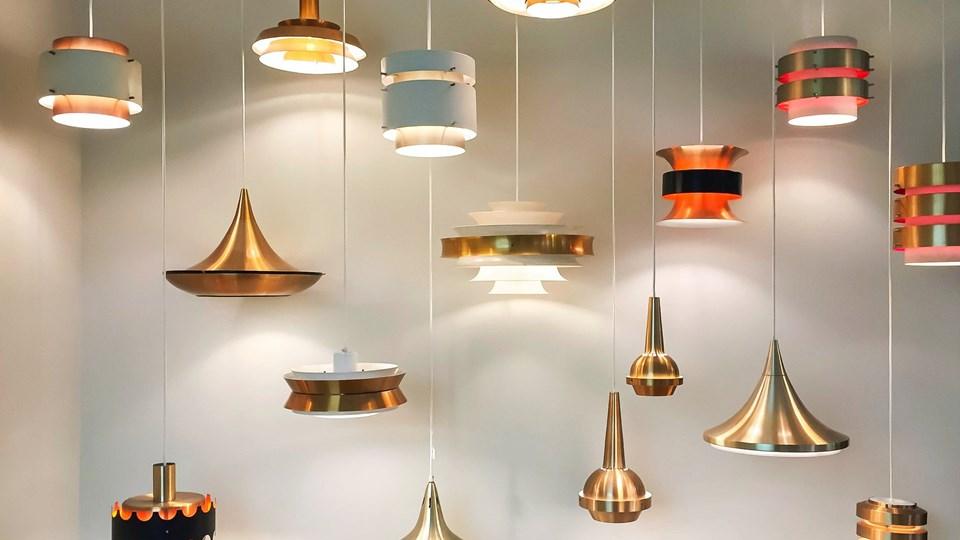Lighting Strategies
Well-designed indoor lighting increases occupant mood, satisfaction, and productivity! Since the typical person spends so much time inside (90% in fact!), good lighting should not be overlooked.

Spending time outdoors in natural sunlight helps prevent vitamin D deficiencies and associated health concerns, but does indoor light also affect health? It is an important component of indoor environmental quality, which encompasses the health, safety, and comfort issues related to building interiors.
Lighting Design Considerations
Daylight
As a free resource, daylighting is the first factor to consider. Some spaces can be lit entirely with daylighting methods. Thoughtfully arrange rooms and partitions so that most occupants spend the majority of their time in daylit areas. In office buildings, this can be accomplished by grouping private rooms in the center and locating open offices around the perimeter to allow daylight to penetrate more of the building. Skylights and solar tubes can also be used to bring light into otherwise dark areas in top floors. When designing a building to take advantage of daylighting, it is important to implement proper window shading to reduce glare and unwanted heat while also allowing light to enter.
Lighting Levels
These should be tailored to the purpose of each space in a building. Ambient lighting refers to the background level of light, whereas task lighting is directed specifically at a workstation. If task lighting is appropriate, ambient lighting can often be decreased, allowing for energy savings. Lighting design does have a lot to do with brightness and placement of light fixtures, but also involves factors such as contrast and glare that affect eye comfort. In order to reduce eye strain, especially in the workplace, avoid dark finishes that contrast greatly with luminous light fixtures. Likewise, situate light fixtures so that tall panels or shelves do not create bothersome shadows.
Lighting Controls
These are yet another consideration. Which fixtures should be grouped? Where might motion sensors be useful? Do personal or task lights have dimming features? Should the building have any automated controls, such as nighttime dimming or shading?
Types of Lamps
After lighting design is complete, ongoing choices still remain as to what types of lamps (or bulbs) to use. Many types of lamps exist, but the most commonly used for typical lighting purposes are incandescent, fluorescent, and light-emitting diode (LED).
Incandescent Bulbs
These bulbs produce light by heating a metal filament until it glows and are being phased out due to their high energy use and waste heat production.
Compact fluorescent lamps (CFLs)
CFLs are the next step up. In a CFL, an electric current excites gas inside the lamp, producing UV light. When the UV light strikes the lamp’s coating, visible light is emitted. CFLs use less energy and last significantly longer than incandescent bulbs, making them a good choice for replacement lamps. They do contain a small amount of mercury and, therefore, must be taken to a collection site for safe disposal. In addition, CFLs and other fluorescent lamps take some time to warm up before they reach full brightness.
LED Lamps
LED lamps contain diodes, in which there are two materials side by side and current can only flow in one direction between them. As a current passes between the materials, energy is released, and light is produced.
LEDs are different from conventional lamps in several ways. They are directional, so unless they have a built-in means of dispersal, they will emit light in a specific direction. Since LEDs do not radiate heat, they are built with a heat sink that dissipates warmth and keeps them from overheating. This is an important feature because LEDs last longer when they are operated at a cooler temperature.
LED lamps do not burn out, but the amount of light they produce will decrease over time. Still, they have a much longer useful life than either incandescent or fluorescent lamps. LEDs are often associated with a cool bluish-white light, but since white LED lamps are actually combinations of red, green, and blue diodes, they are available in warm white tones as well.
Adoption of LEDs has greatly increased as building owners and operators replace older, less efficient lighting with LEDs as a relatively simple way to realize energy and cost savings.
Cost & Maintenance
It may be counterintuitive, but lighting upgrades can actually save money! By strategically placing light fixtures, the amount of lighting power needed is reduced and coupled with energy-efficient light bulbs, this can be a powerful energy-saving approach.
As with appliances and building materials, light bulbs can be certified by ENERGY STAR. Certification requires consistent color quality, minimum light output, and high efficiency (lumens/watts), all verified by third-party testing.
LEDs are certainly the most expensive of the three lamp types discussed here. Due to their long life, however, they can pay back the cost in energy savings. The ENERGY STAR website provides cost comparison information.
